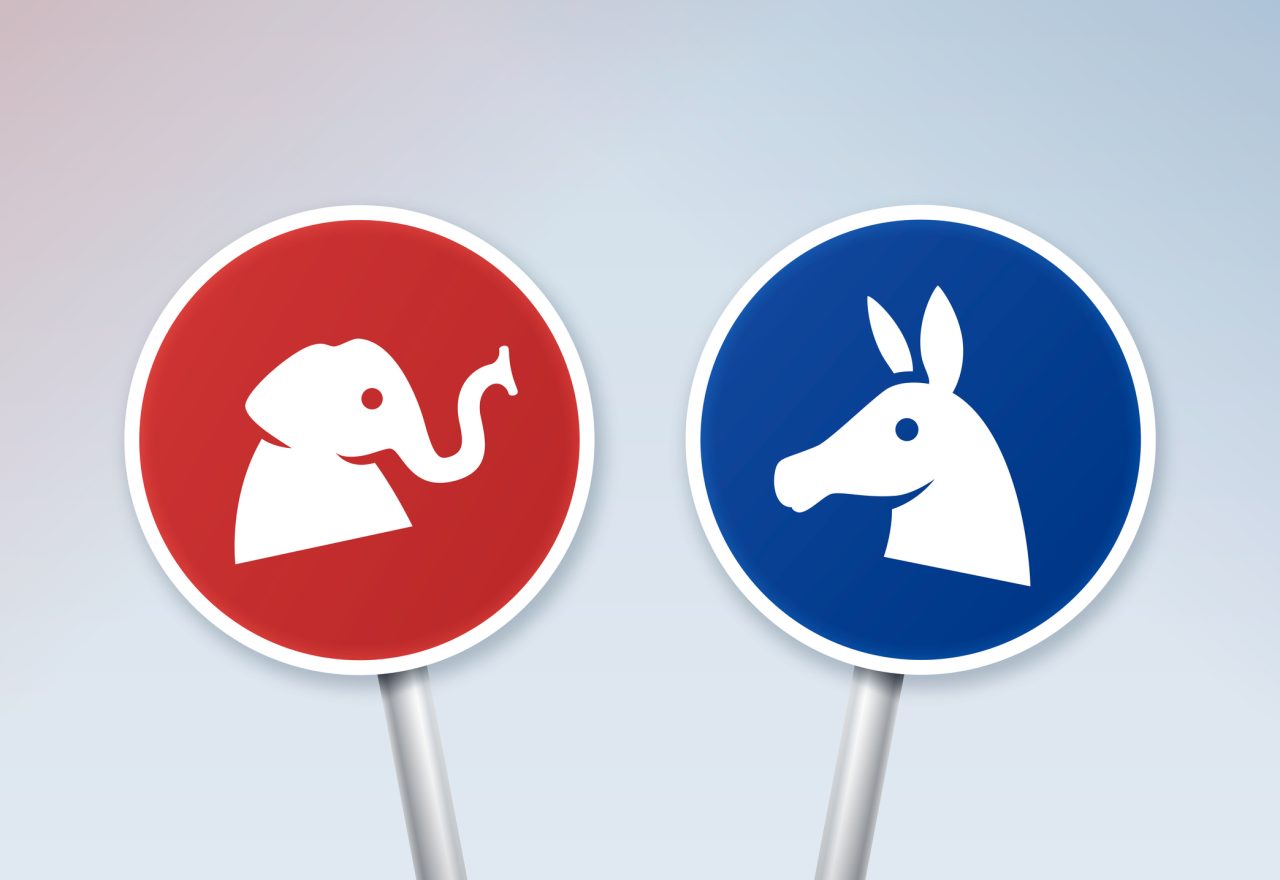What is democracy?
Democracy means that the people (demos) decide (kratos). It is a form of governance where a country’s citizens decide who will lead their country, and how it should be led. This is different from other forms of governance where the country is led by one or a few people – a democracy is based on the decision of the majority.
Across the world, many countries claim to be democratic, but what characterizes a completely developed democracy is the country holding free elections, citizens enjoying the freedom of speech, an independent court and individual human rights.
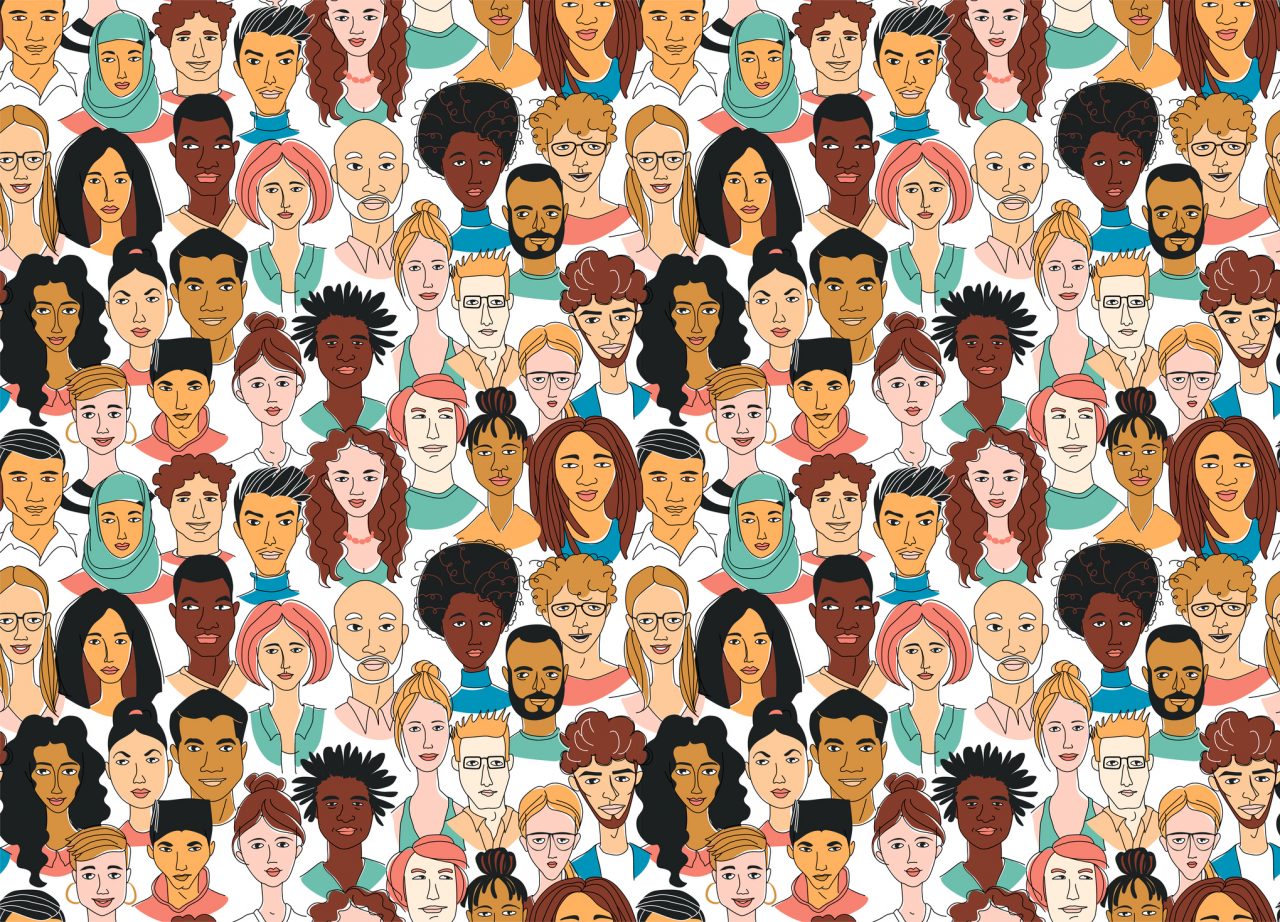
The principle of separation of powers
The principle of separation of powers means that principal institutions of state should be clearly split. This principle comes from the French philosopher Montesquieu. He believed that “those who have power are willing to abuse it”. To avoid any abuse of power, he created a model in which state power is split into three independent parts: a legislative, an executive, and a judicial power. This model is called “Checks and balances” and ensures a fully-fledged democracy for all of us.
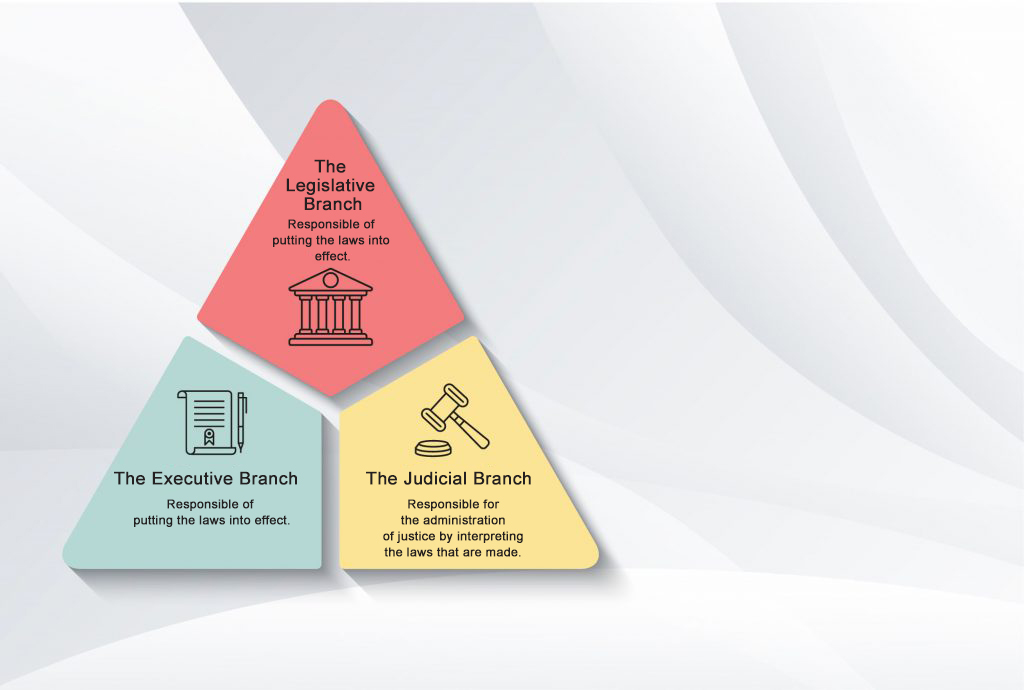
The principle of separation of powers
The democratic system of the UK
The legislative power
Parliament is the legislative power. The legislative power is the highest legal authority which can create or end any law, for example the law that every child has the right to education.
Parliament is made up of the House of Commons, the House of the Lords and the Crown. Generally, decisions made in one house have to be approved by the other.
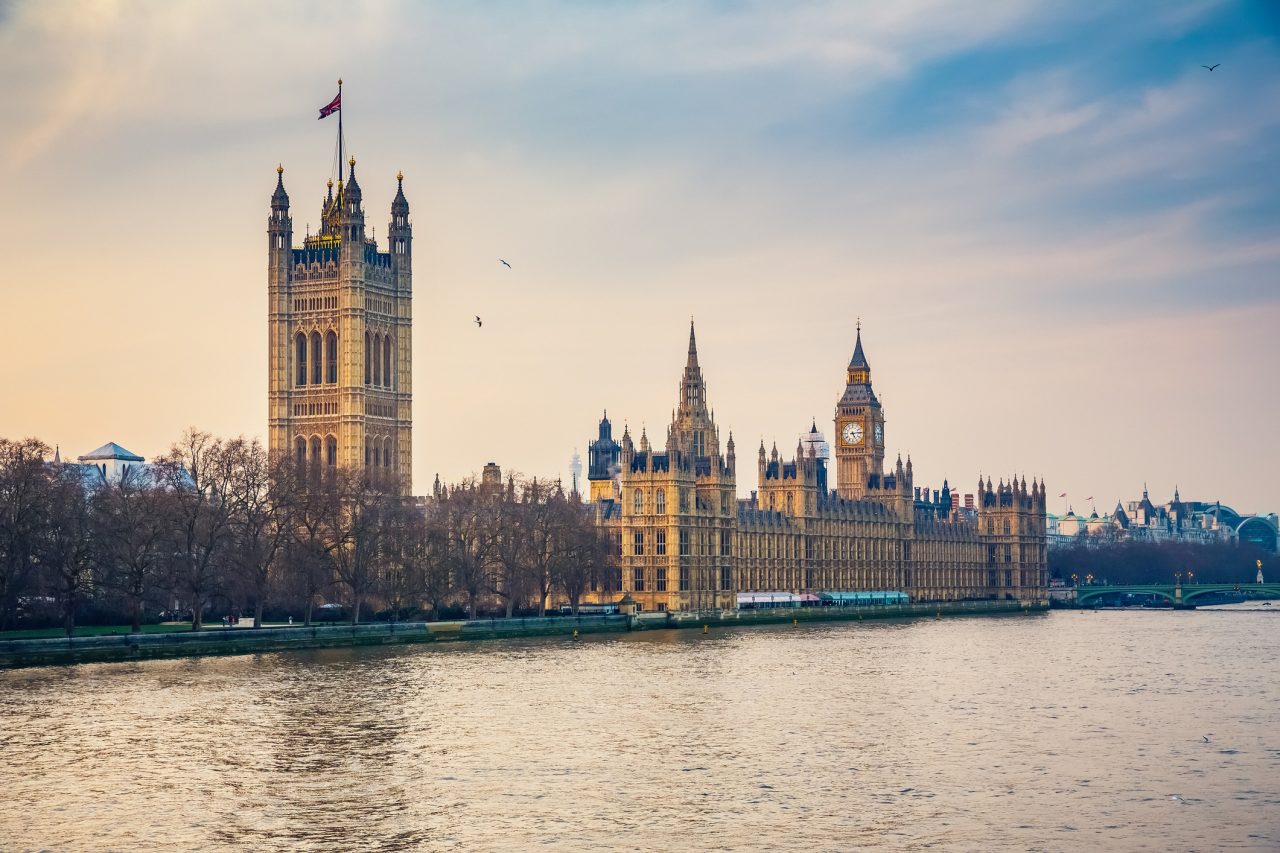
Houses of parliament in London, UK
The executive power
The executive power includes all official and public authorities (including local authorities) that govern the UK, from starting and carrying out legislation to planning policy. It also includes the running of local and national services, such as rubbish collection and the police.
The executive power is made up of the Crown and the Government, including the Prime Minister and the Cabinet ministers.

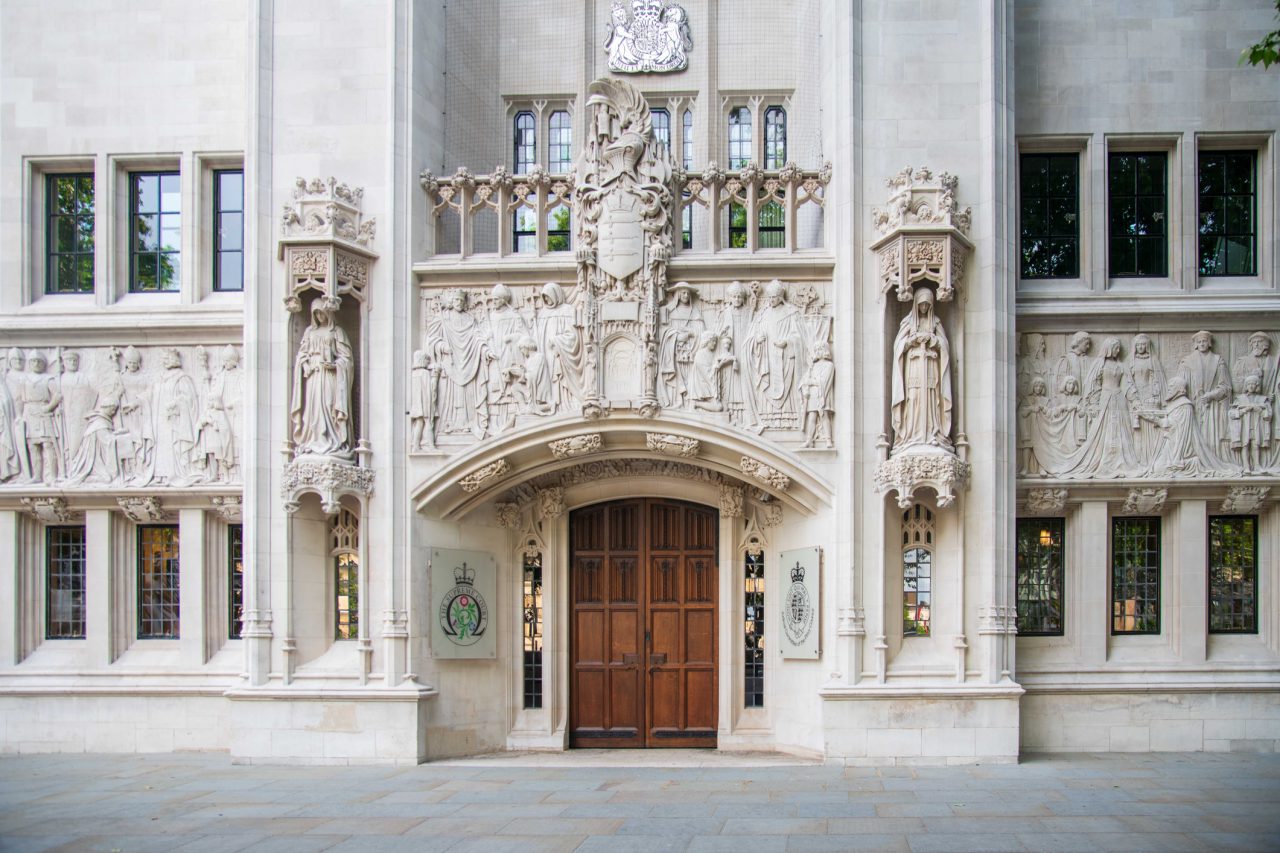
UK Supreme Court facade in the City of Westminster
The separation of powers
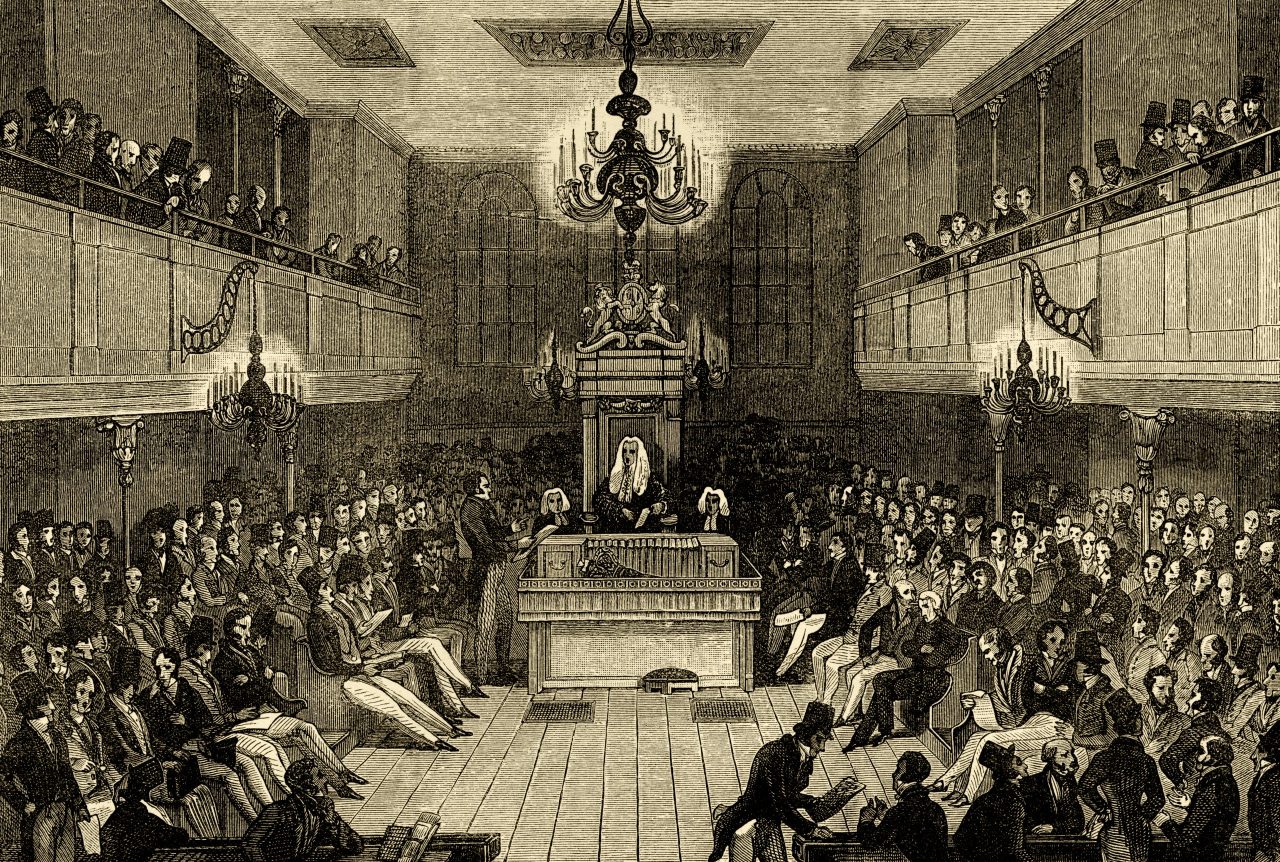
Interior of the House of Commons before 1834
The political system in the UK
The United Kingdom is a democracy, or more specifically a parliamentary democracy under a constitutional monarchy. Several European countries are the same, including the Scandinavian countries.
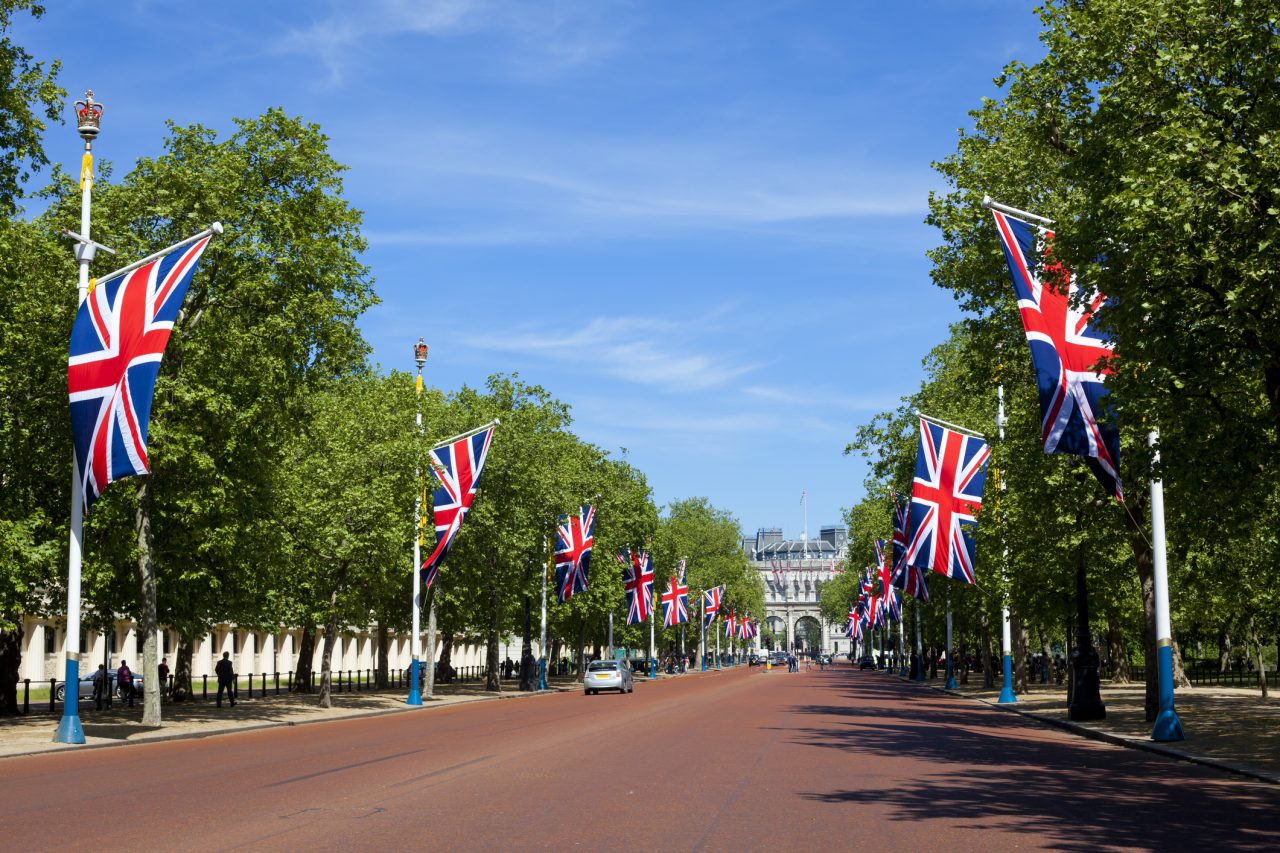
The Mall in Westminster City London
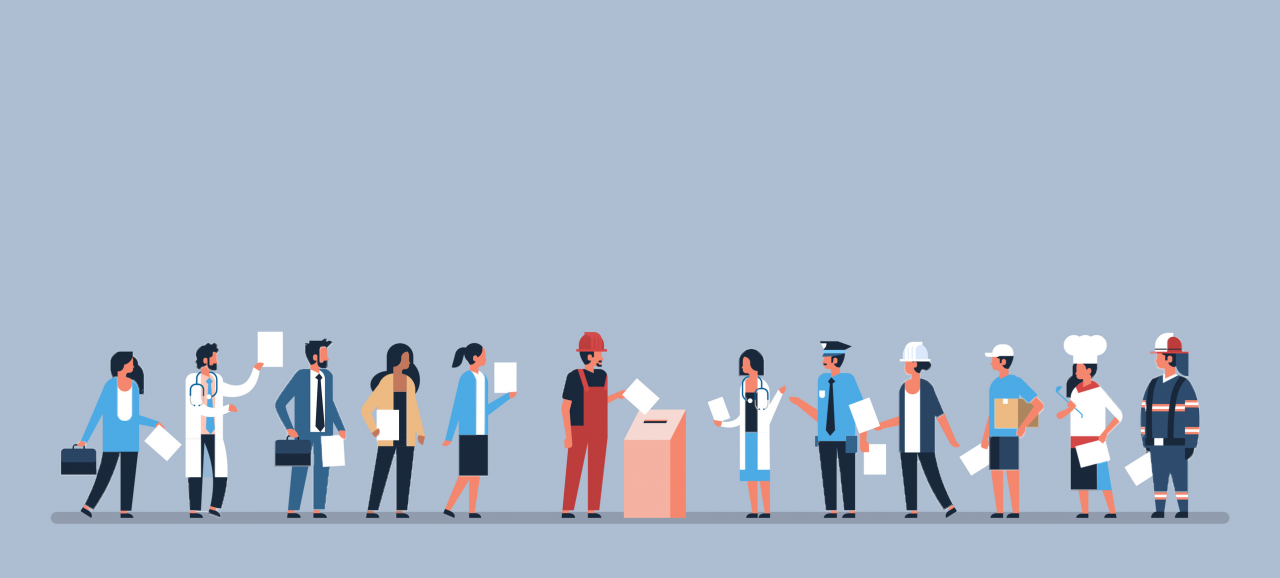
The political parties
The British political system is a two-party system. The two biggest parties are the Conservative Party (the Tories) and the Labour Party. The Tories are considered to be more on the political right, and Labour is further to the political left.
The UK’s first-past-the-post electoral system makes it harder for small parties in the UK. There are, however, a number of other political parties in Parliament, such as the Liberal Democrats, the Green Party, and parties representing Scotland, Wales, and Northern Ireland.

Chart, seats by party, House of Commons
What is the Left Wing and the Right Wing?
Different forms of democratic governance
The UK is a constitutional democracy. That means that there is parliamentarism with a limited monarchy. The king is the head of state, but the king has no formal power. The power rests with the people through their voted Parliament.
The opposite of a constitutional monarchy is a republic. A republic is a form of government in which the head of state rests with an elected president. Finland, France and the US are examples of republic governments.
The US democratic system
The United States is a republic and federal state. This means that the US doesn’t have a king or queen. It consists of 50 states that have a great degree of freedom to pass their own laws. For example, Texas in the South has completely different laws to those of Minnesota in the North. At the same time, America has a central power which is located in Washington D.C., the capital city.
⬅ This is the White House in Washington D.C., the residence of the presidential family.
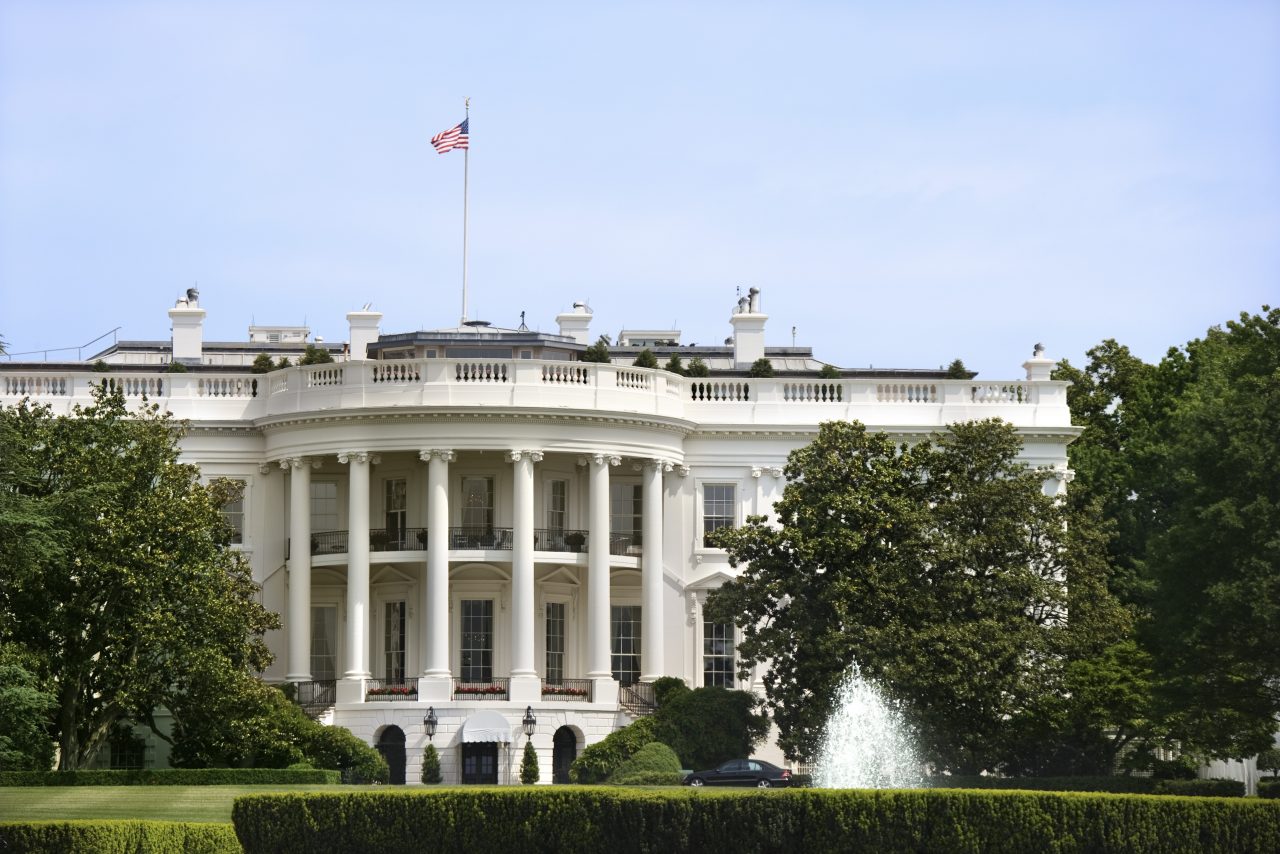
The distribution of power in the United States
The executive power
The President is considered to be the executive power. The president is elected every four years and can only be re-elected once.
Former presidents Barack Obama and Donald Trump in the Oval Office, shortly after Trump won the Presidential election in November 2016.

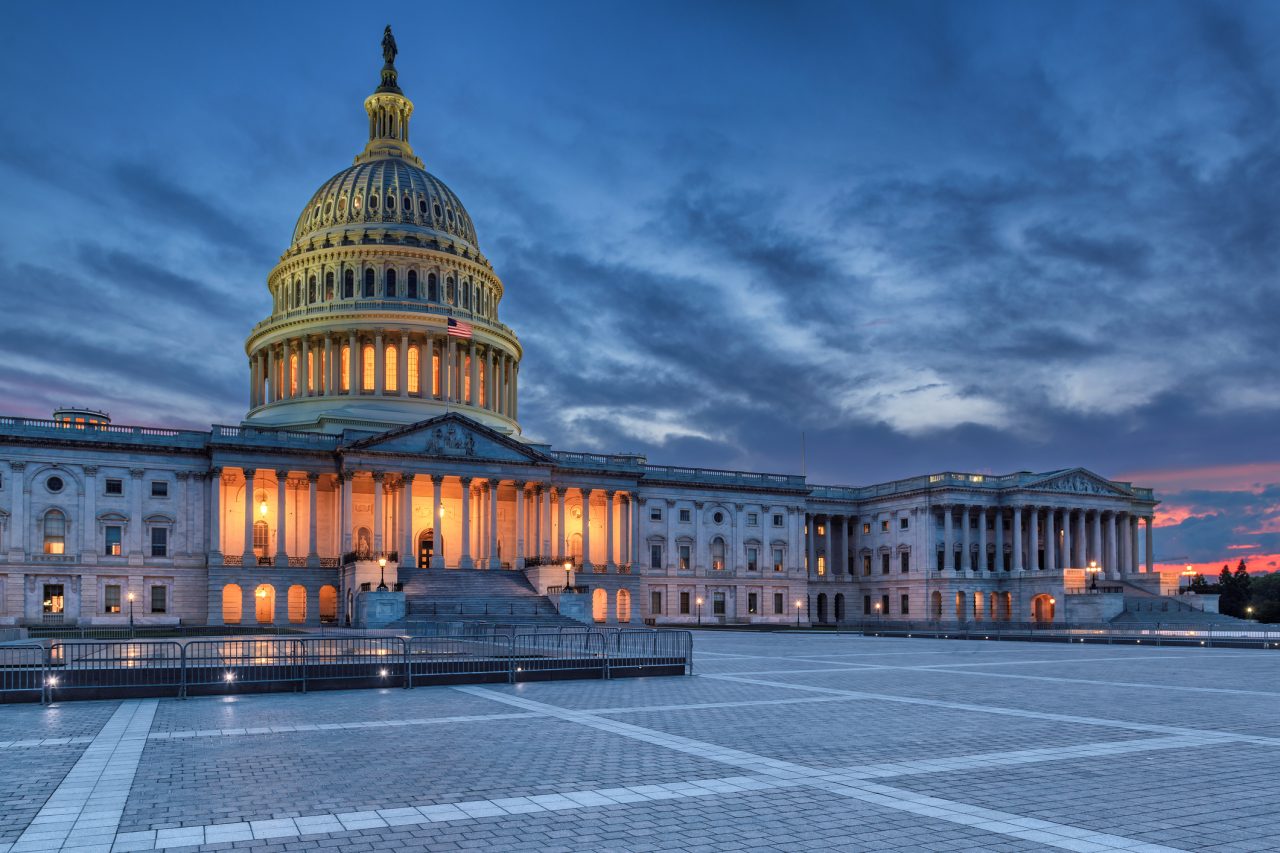
The United States Capitol building at sunset, Washington DC, USA.
The judicial power
The Supreme Court is the judicial branch of the United States of America, and it makes sure that the US Constitution is followed across the country.

The United States Supreme Court Building in Washington D.C.
The administrative system
Powers not granted by the federal government are split between state and local governments. Most Americans are more in contact with state and local governments than the federal government, for example through local police departments and libraries.
The state governments are modeled after the federal government. This means that all states uphold a republican form, most with the three branches of power.
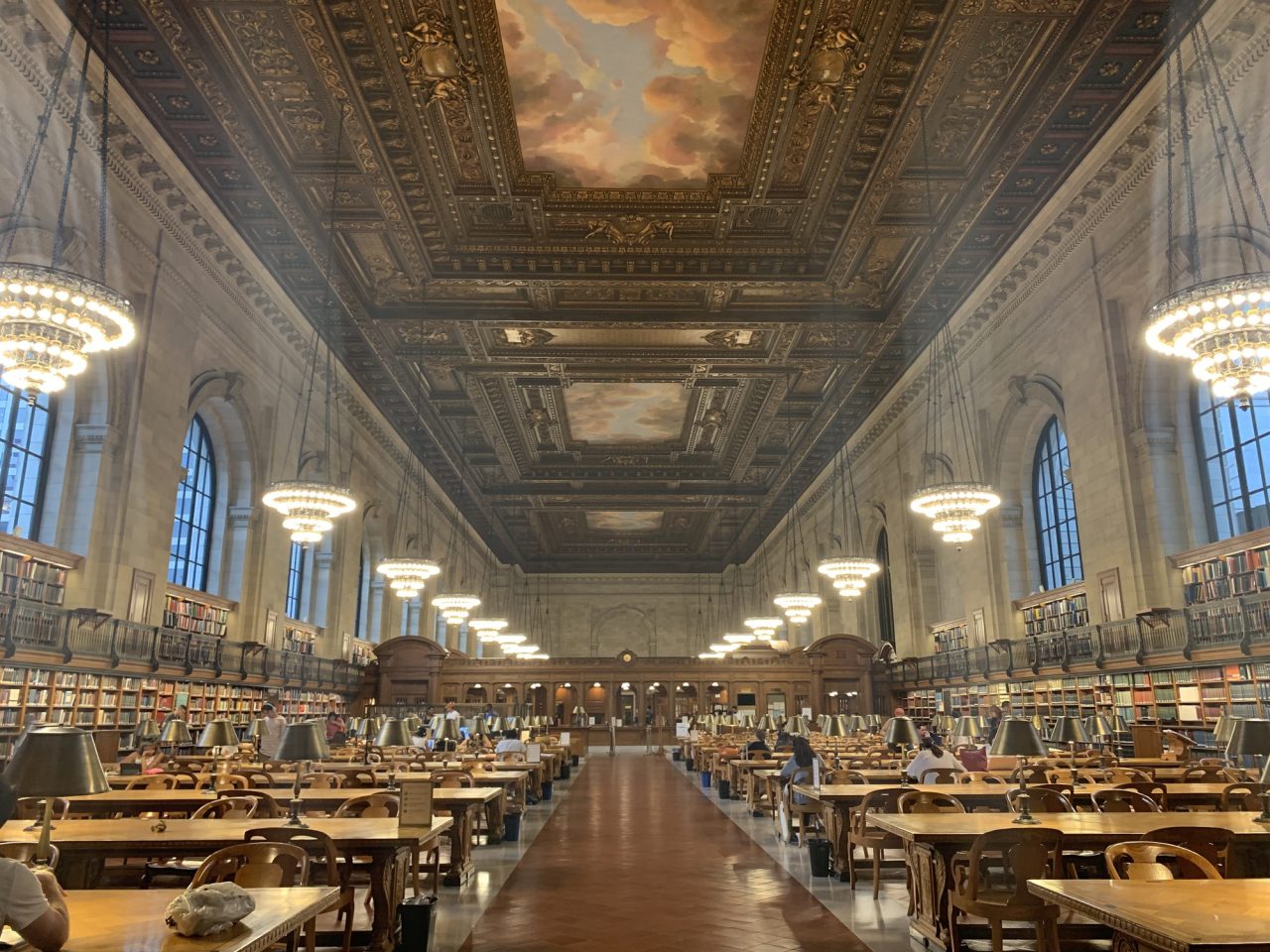
A high angle shot of the inside of the New York Public Library, USA
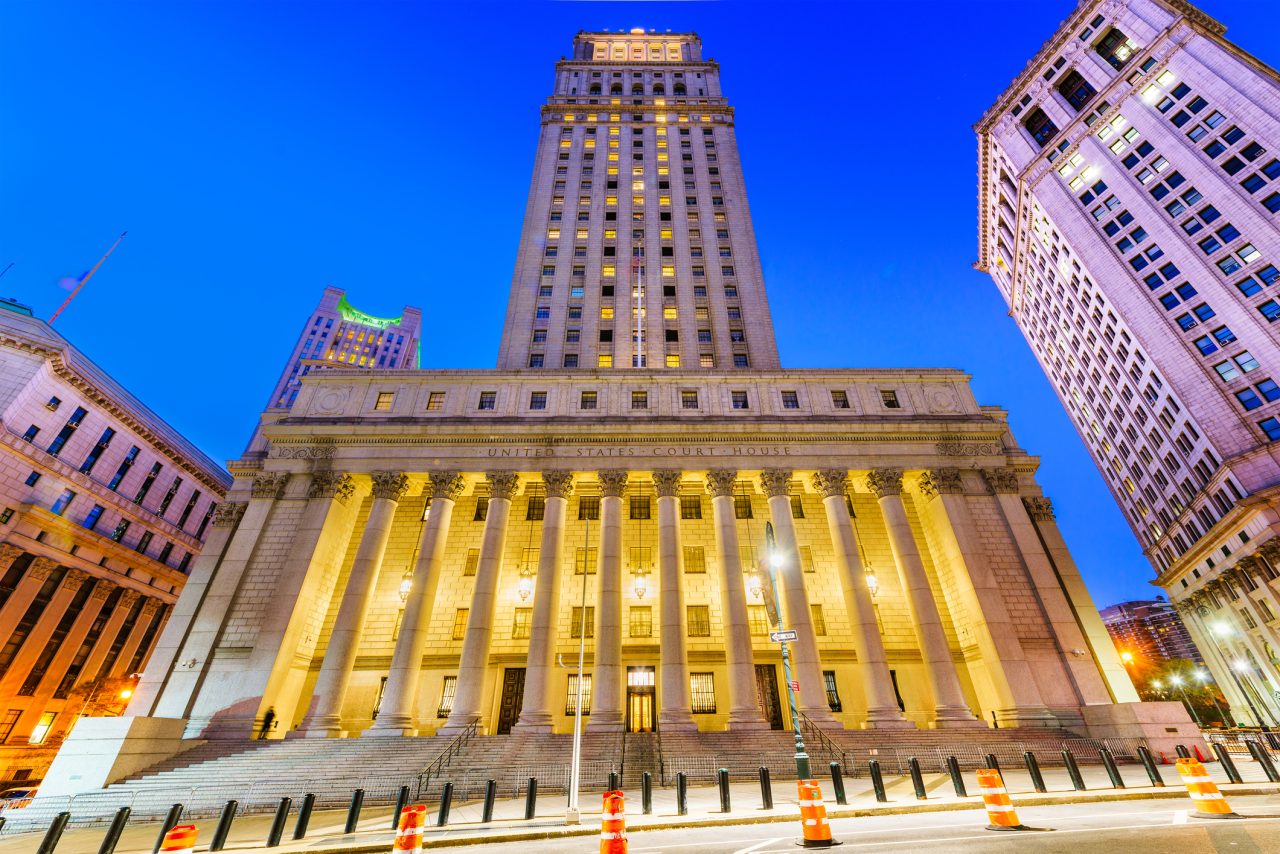
United States Court House in the Civic Center district of New York City.
Local governments
Local governments are counties or municipalities that are granted power by the state. The local governments take responsibility for parks and recreation services, police and fire departments, transportation services and so on.
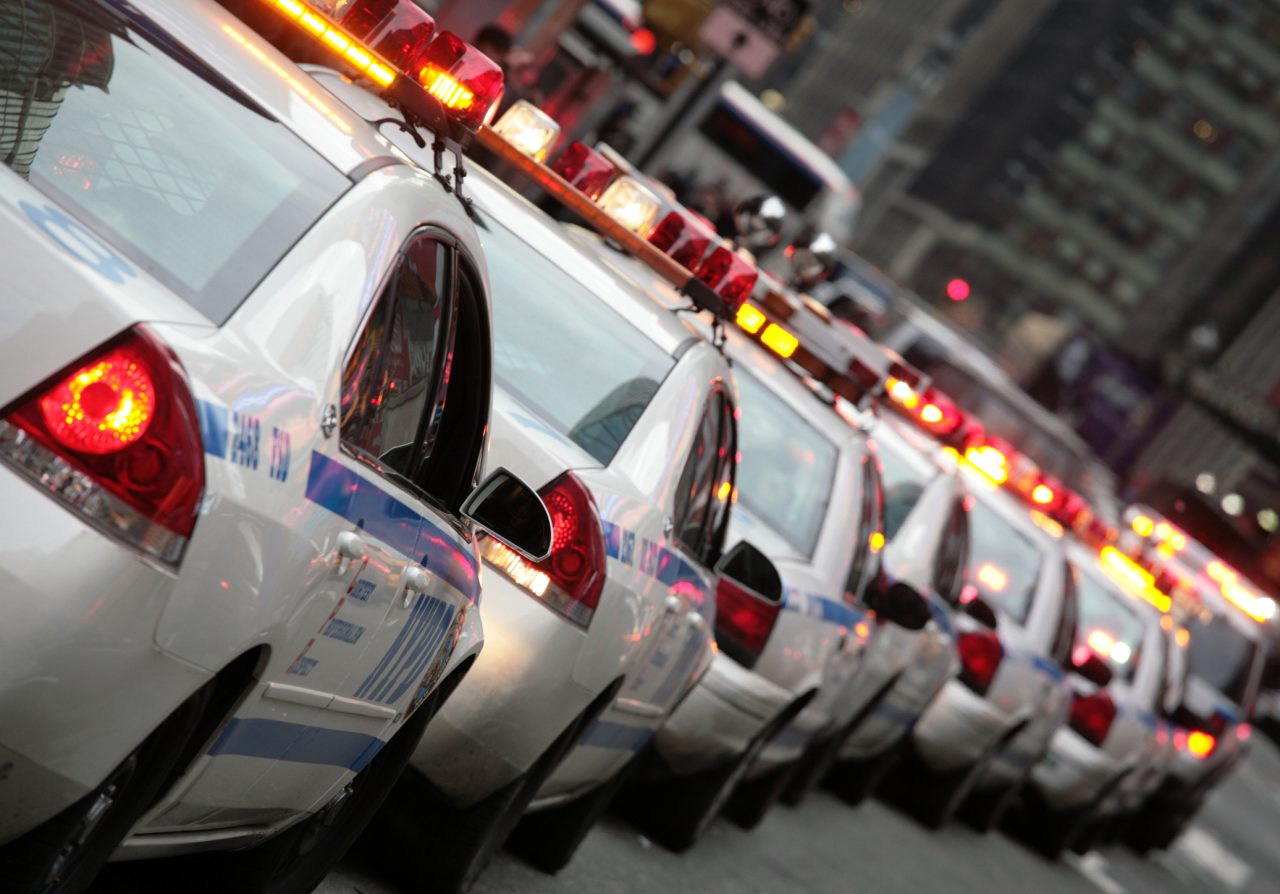
A lot of police cars stuck in traffic in New York.
